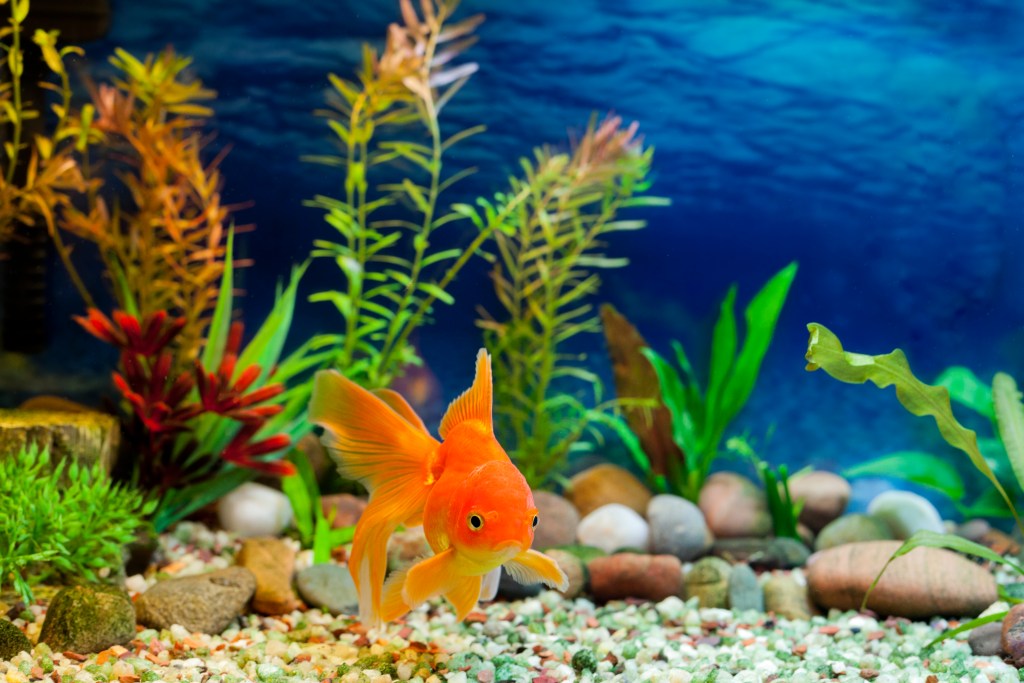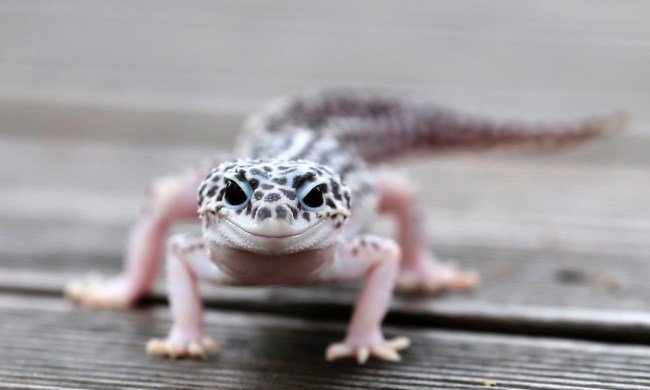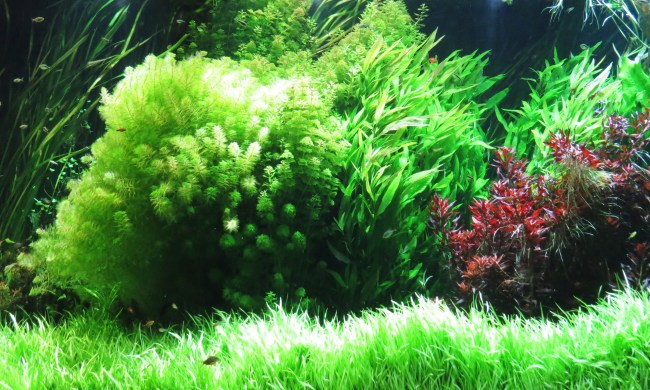When you first decide to become a fish parent, you need to get a lot of things ready. You want your fish to remain happy and healthy, which means setting up a tank with filters, plants, gravel, and accessories. By far, the biggest investment will be the aquarium itself, and they come in all shapes and sizes. It can be tricky to select the perfect one, so we’ve helped you narrow it down to these top fish tanks for beginners.

Tetra Aquarium Kit, Fish Tank with Filter & Lights
The perfect tank for a small school or a single betta fish, this kit actually comes with a filter and lighting system. That makes it great for any newbie who doesn’t yet feel confident buying each piece of the ecosystem individually. Some reviewers mention bringing it to work, as the curved design fits nicely on a desk or in an office. Remember, while a lot of the extras come with this one, it doesn’t include a heater or gravel — or the fish of course.
Tetra Aquarium 20 Gallon Fish Tank Kit, Includes LED Lighting and Decor
Taking it up a notch, a 20-gallon tank allows you to keep a whole ocean of fish inside, living in harmony (not literally though). You’ll get a filter, light, and plants with this one, so you won’t need to do much beyond investing in fish. A happy user mentions, “The Awesome Tank has Hinges on Its Hood!!!” noting that this makes it far easier to clean. While 20 gallons is a lot bigger than the last tank, this will still only hold about 10 fish and many species breed quickly.
GloFish Aquarium Kit Fish Tank with LED Lighting and Filtration Included
There’s no other way to describe this tank besides cool, or as one happy customer says, “Beautiful, quiet, and easy setup!!” The glow effect actually comes from a blue light that is included. It also includes a filter, though some users mention that they upgraded to give their tank a bit of extra help. You can add brightly colored plants, gravel, and fish to complete the look — neon tetras would be amazing here for example.
Fluval 13.5 Gallon Evo XII Marine Aquarium Kit
This is the best tank for first-time saltwater aquarists, although we highly recommend starting with a basic freshwater tank first and then upgrading to this when you feel comfortable. It comes with a 3-stage filtration system, though you might want to add more depending on your preferred setup. A couple of clownfish would surely enjoy this tank.
Alan 15 Gallon Scape Hexagon Alanrium Kit
On the high end, check out this vertical aquarium, ideal for those who like to swim up and down, like seahorses. It’s specifically designed to complement the decor of a room and can go anywhere in your house that’s near a power source. One user comments, “Love this aquarium, fills our triangular niche nicely,” so it will nestle perfectly into a corner and contribute to your display.
If you get into aquariums, you’ll likely start with a beginner tank and wind up with a house full of them. The good news is you can try out different setups, species, and decor to make each one fit into a different part of the house. In addition to a basic tank, you’ll also want to make sure to stick with easy animals at first. Start with the tetras and guppies until you feel secure handling more challenging fish.



